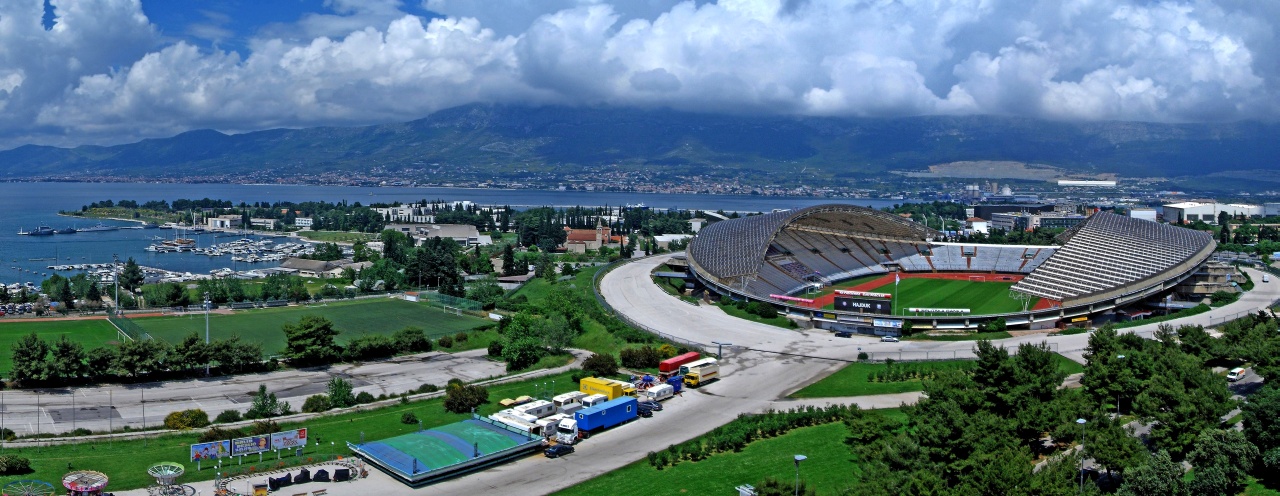Decision was made by an expert panel on November 30, 2015
According to the press release sent out by the Croatian Ministry of Culture on December 1,2015, Poljud stadium, home of Hajduk football club has just been declared protected cultural property.
During the assembly which was held on November 23, expert panel for determining the characteristics of cultural properties established that the City stadium Poljud has all the characteristics of cultural property in accordance with Article 7 of the Act on the protection and preservation of cultural goods and in accordance with article 12 section 4 of the same Act the stadium is to be listed in the Registry of Cultural Goods of the Republic of Croatia – List of protected cultural goods.
Final decision was made yesterday meaning that it will take effect immediately. As it is stated in the explanation of this decision, City stadium Poljud was built in 1979 and it takes its name from the city area in which it is located. It was designed by a renowned Croatian architect Boris Magaš and its realization is connected to the VIII Mediterranean Games that took place in Split in 1979. Author received the national award (in the former country) for architecture and urban- architectural concept of Poljud stadium.

The stadium is also widely known in Croatia as the “Poljud beauty” and its interesting and exceptional concept has been admired by architects for decades. With its architectural concept Poljud stadium is above all a pedestrian and urban stadium, stadium built to be close to the people and the way they perceive space. Its shape was very much forward thinking and it is simultaneously focused on the city and its people.

City stadium Poljud is located in the natural environment of Kaštela bay, visually oriented towards the greenery on Marjan hill and slightly lowered into the terrain in order to better show of its light volume which makes it appear as if it is almost levitating. Its location in space, shape and construction are a testament of extraordinary urban and architectural value and the stadium itself possesses irreplaceable definitions of modernity.
And not that we have read the official explanation, all we can say is congratulations. It is always good to see when some buildings that have found their way to our hearts and represent a big part of our urban identity receive recognition from the institutions.


